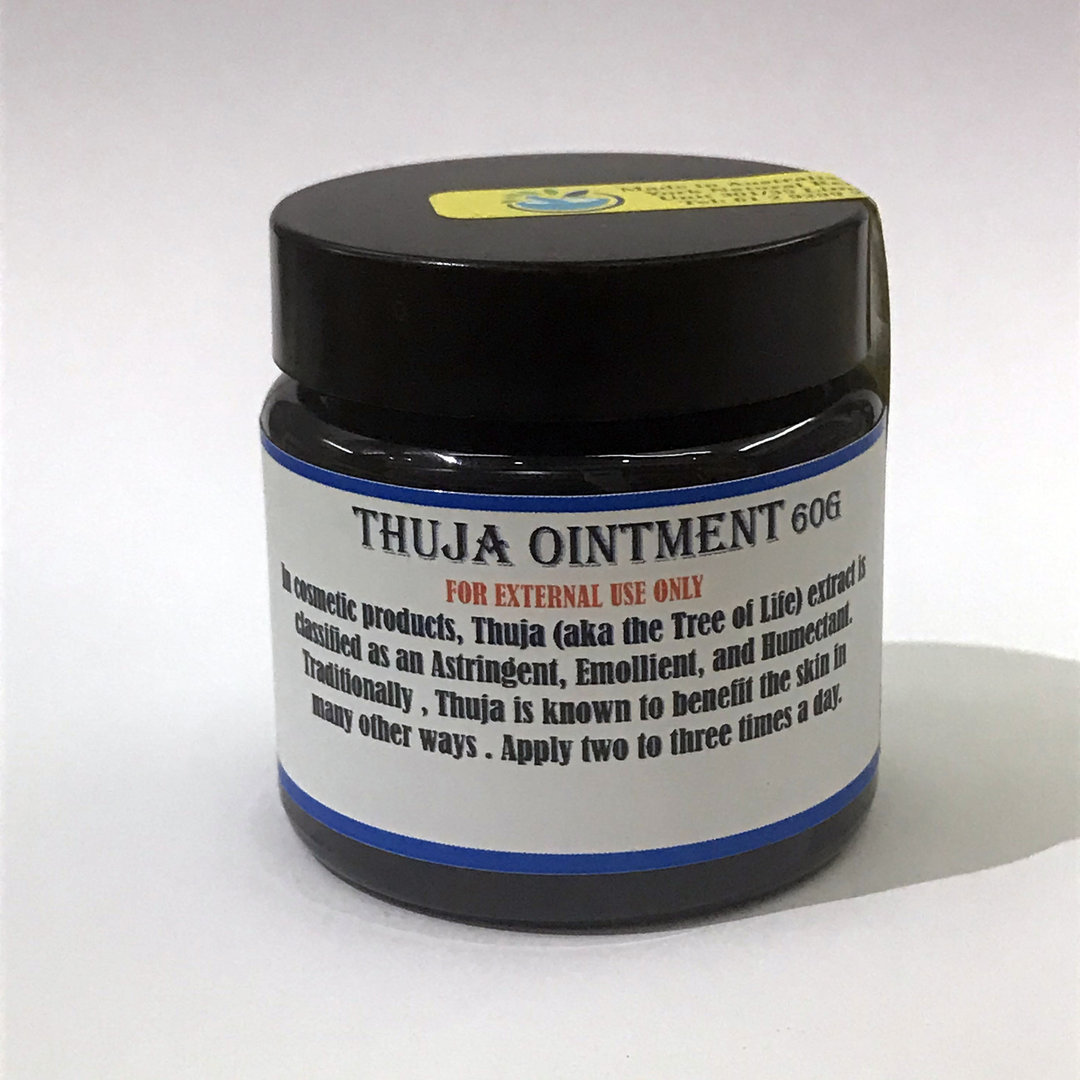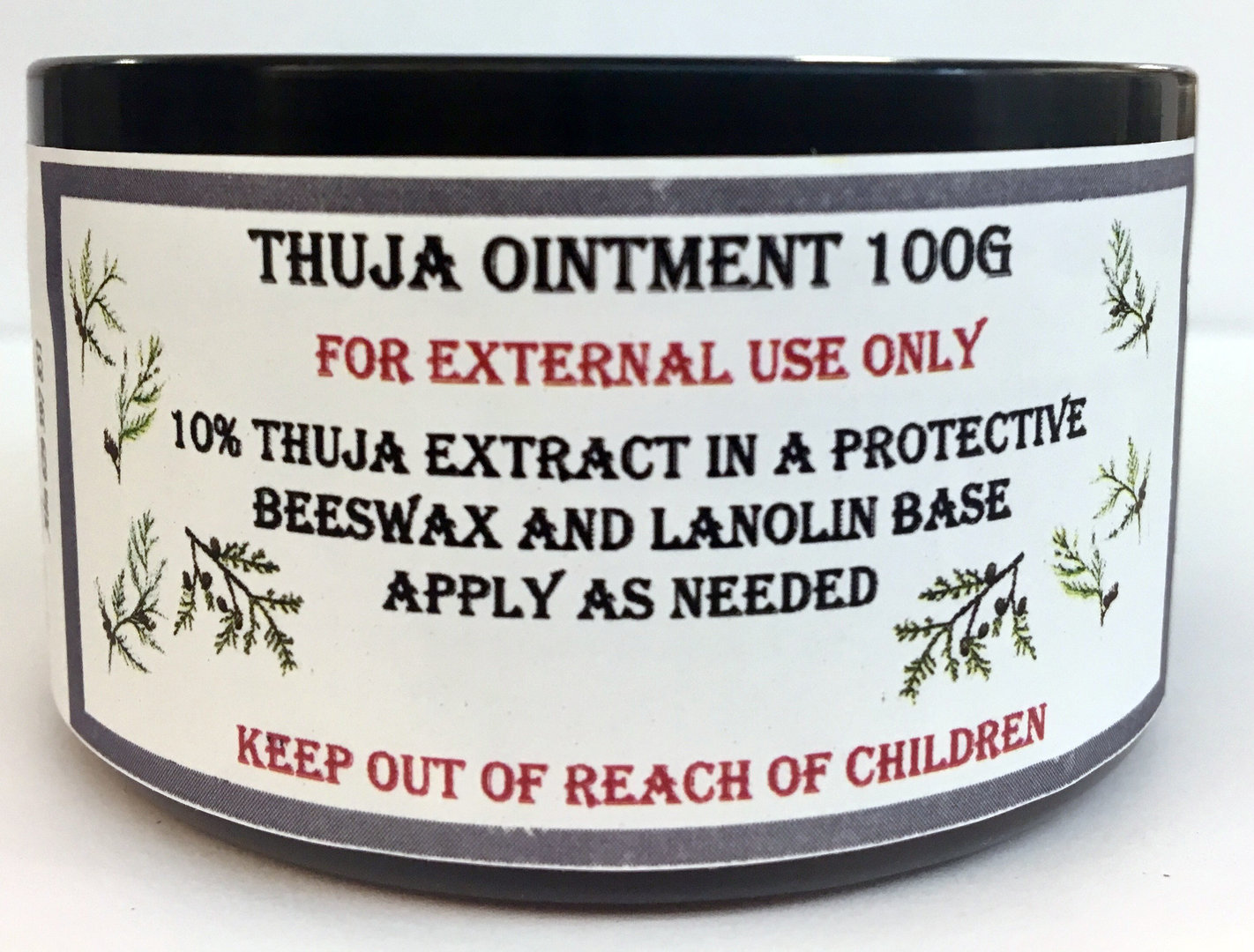Newtons Pharmacy Compounding Skin Newtons Thuja Ointment
Newtons Thuja Ointment
In stock
$96.40
/ unit(s)
Inc GST
Possible delivery methods: Australia Wide Regular, Australia Wide Express, Air Mail International, Express Post International, Click & Collect
Accessories
| Product | Note | Status | Price | ||
|---|---|---|---|---|---|
|
|
From $39.95 / unit(s) * | |||
|
|
$19.51 * | |||
|
*
Display accessory details
Inc GST
|
|||||
We also recommend
*
Inc GST
Customers who bought this product also bought
|
|
|
|
|
|
|
*
Inc GST
Browse this category: Skin Conditions




 Devil's Apple Cream
Devil's Apple Cream WART PAINT 25ml
WART PAINT 25ml






